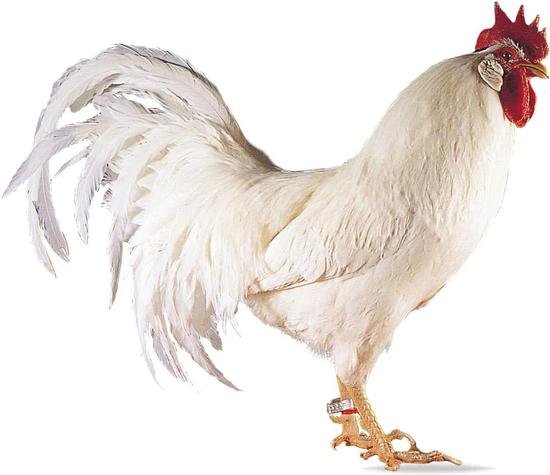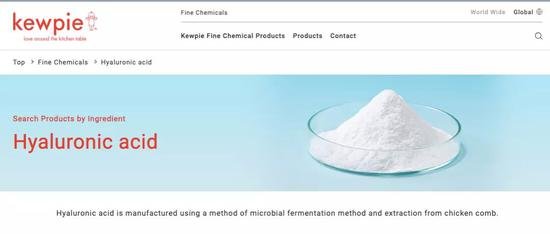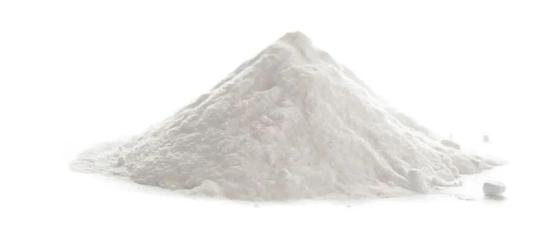
If you have ever bought chicken in a supermarket, have you ever wondered: Where are the chicken heads and chicken feet?
Surely not many people will think about the connection between these chicken heads and skin care and beauty products.
Have you ever heard of names like Hyaluronic Acid?
Hyaluronic acid also has high medical value, such as being used to protect the eyeball during surgery, reduce inflammation in rheumatic joints, and prevent the formation of scar tissue after surgery.
But, what do headless chickens in the supermarket have to do with hyaluronic acid?
To understand this, it is necessary to start with the history of hyaluronic acid.
Hyaluronic acid was first discovered by French chemist Portes in 1880. It was then researched and rediscovered by Karl Meyer of Columbia University in 1934.
In fact, all vertebrates have hyaluronic acid because it is a major component of the extracellular matrix, synthesized by cell membranes, which acts as a protector and buffer between cells.
A person weighing 70 kg has about 15 grams of hyaluronic acid in the body.
Nowadays, hyaluronic acid injections have become a popular treatment for rheumatoid arthritis.
But the most prominent effect of hyaluronic acid application is in the beauty industry.
Meyer himself, upon discovery, tried to extract hyaluronic acid from cow eyeballs.

It turns out that the hyaluronic acid content in the comb is the highest among known animal tissues, reaching 7.5 mg per gram.
Of course, the source of raw materials from chicken heads is also very rich, so chicken combs have quickly become the main raw material for hyaluronic acid production.

Hyaluronic acid was originally used for animals.
During the 1980s, hyaluronic acid was used in humans.
To this day, Sweden is still using Balazs’s original method to extract hyaluronic acid from rooster combs, but Healon’s patent was sold to another major pharmaceutical company, Pfizer (which won the famous product).
To produce large amounts of hyaluronic acid, Pfizer bred roosters with super large combs.

In addition to large pharmaceutical factories, a number of other companies have also jumped into the hyaluronic acid business.
For example, Kewpie, a salad dressing manufacturer from Japan, has a little-known business of extracting hyaluronic acid from chicken organs and has become one of the most important suppliers of hyaluronic acid in the world.

At this point, you may have wondered how to make hyaluronic acid from chicken combs?
Specifically, the chickens are beheaded after slaughter, the meat is sent to the supermarket and the combs are sent to separate factories.

Hyaluronic acid is white
Of course, in addition to the rooster’s comb, there are also methods of extracting hyaluronic acid from the umbilical cord and amniotic fluid.
There is another new method to create hyaluronic acid that ordinary people cannot guess, which is to create hyaluronic acid with bacteria.
Streptococcus pneumoniae, a bacteria that causes pneumonia in humans.
It sounds nauseating, but in fact, this practice is closely related to the survival strategy of streptococcus.
As early as 1937, Forrest E, a biochemist at Columbia University discovered that Streptococcus could naturally produce hyaluronic acid without genetic modification.
In fact, it was not until 60 years later that people understood that hyaluronic acid was an important weapon used by streptococci to infect epithelial cells.
Currently, the most commonly used Streptococcus bacteria to produce hyaluronic acid is Streptococcus zooepidemicus.
Horses are common victims of the Streptococcus Zooepidemicus bacteria.
Streptococcus Zooepidemicus can infect animals and humans.
Meanwhile, the human body contains enzymes that decompose hyaluronic acid.
Therefore, the greater the molecular weight of hyaluronic acid, the longer the decomposition time, and the better the duration and safety of the effect.
Thus, the chicken heads in the supermarket did not end up being wasted.






